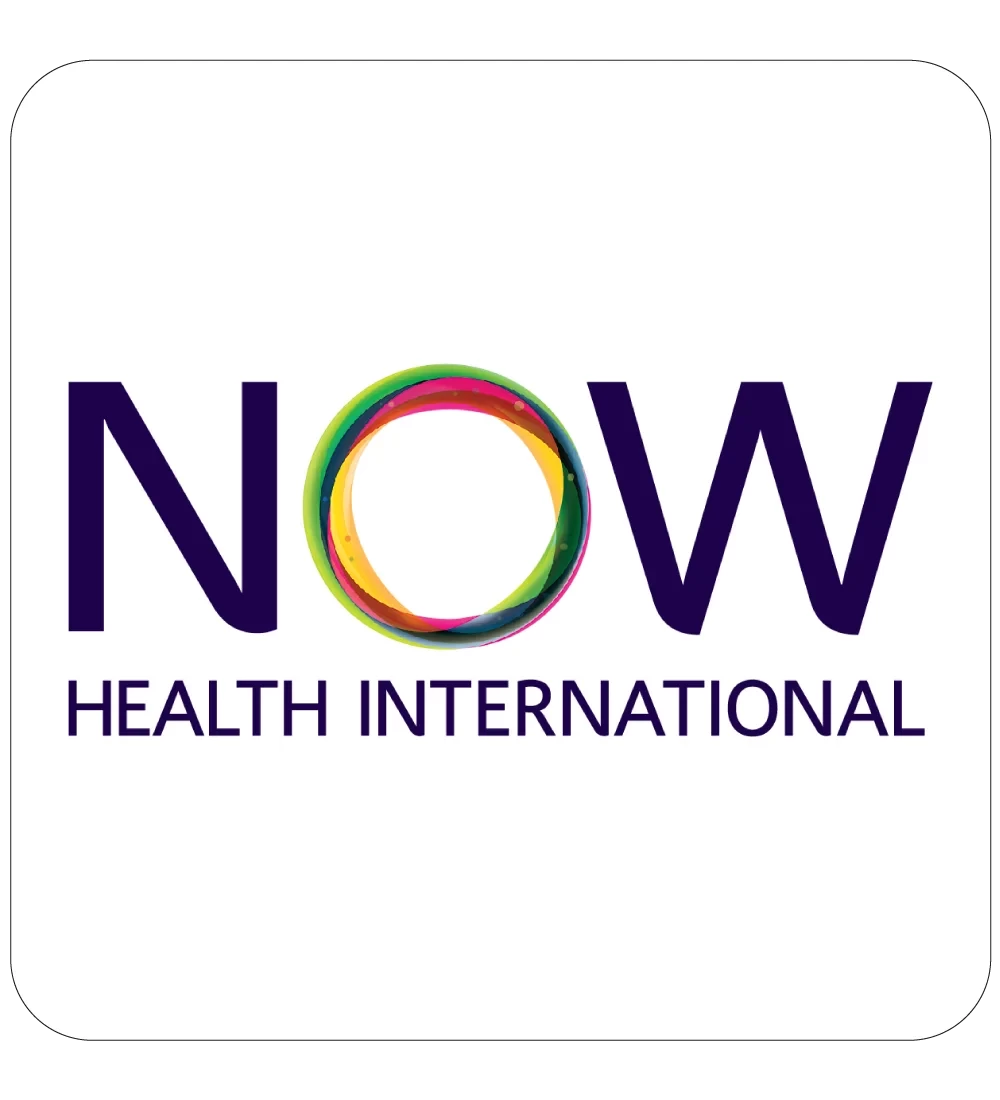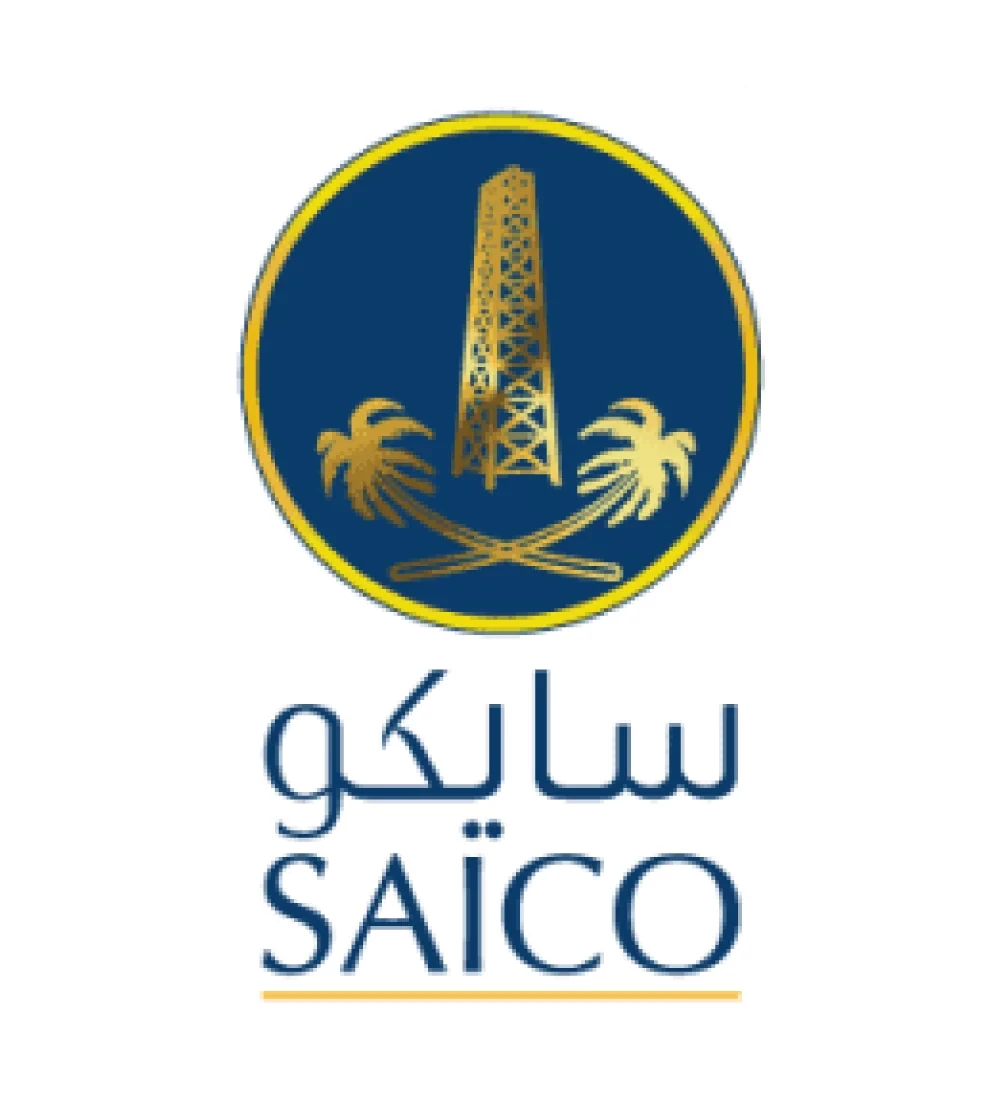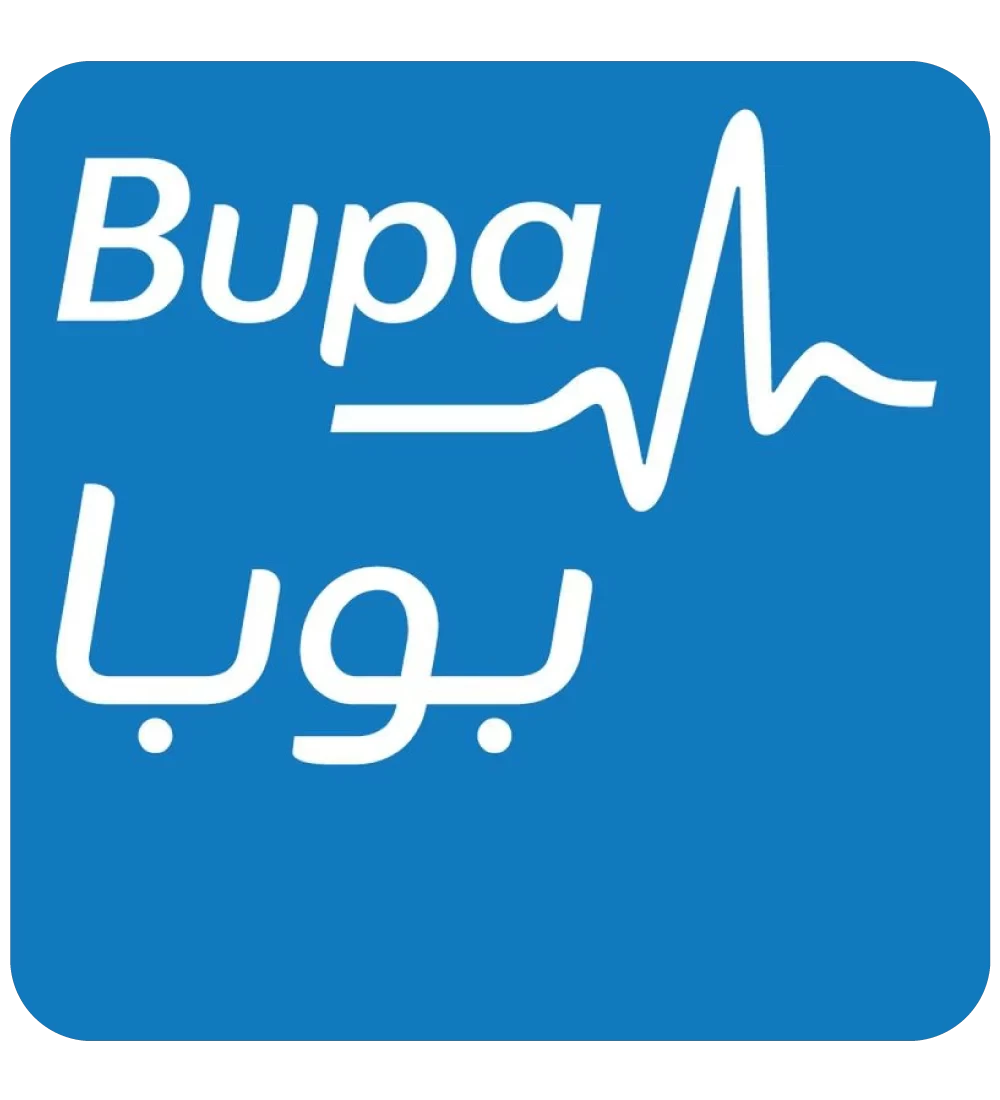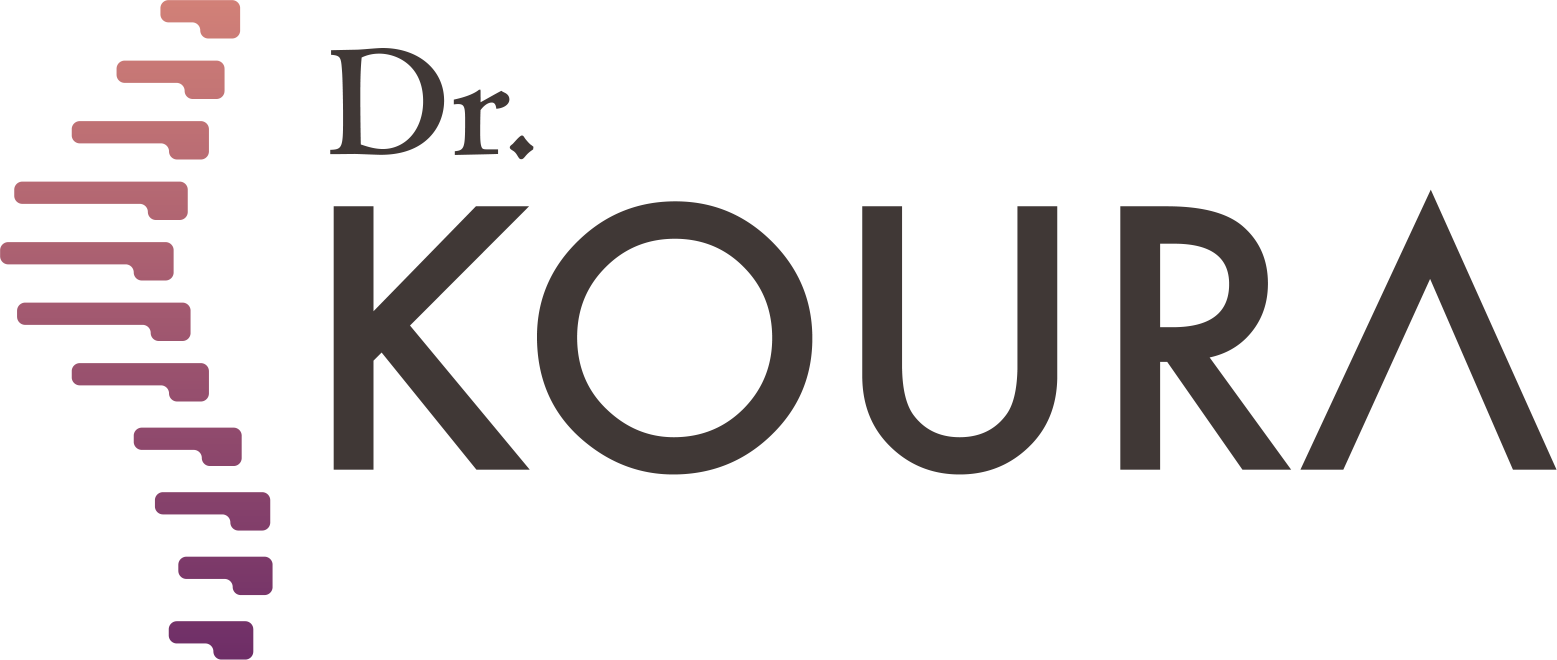
To see patients' reviews
Click hereNeck vertebrae stiffness
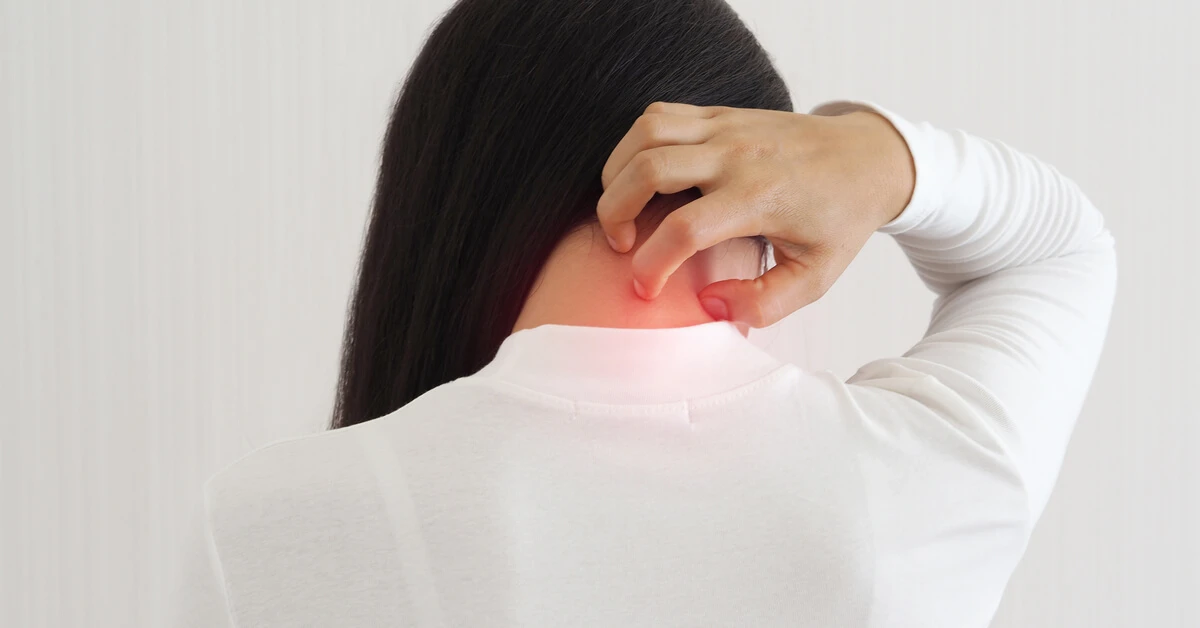

Cervical Spondylosis: A Comprehensive Overview
Cervical spondylosis is one of the most common health issues that many face with age or due to poor sitting and movement habits. Those suffering from neck stiffness experience severe pain that affects their daily lives and diminishes their ability to perform tasks normally. Consequently, many seek the best treatments for cervical disc problems and pain relief methods that do not require surgical intervention.
Dr. Mohamed Koura's center is among the best specialized facilities for treating cervical disc issues and providing precise interventional solutions without surgery. This makes it an ideal choice for those suffering from cervical spondylosis. The center is known for accurate diagnoses and the latest techniques for treating neck issues under the supervision of a leading interventional pain specialist, ensuring that patients can safely and effectively regain their normal lives.
Causes of Cervical Spondylosis
Cervical spondylosis is a common condition caused by the wear and tear of the cartilage covering the cervical vertebrae. Key contributing factors include:
- Aging: The likelihood of cartilage deterioration increases with age.
- Genetic predisposition: A family history of cervical issues can heighten the risk.
- Daily habits: Prolonged periods of sitting in front of screens or poor body posture increase pressure on the cervical vertebrae.
- Injuries: Accidents or sports-related injuries can exacerbate cartilage wear, increasing the risk of cervical disc herniation.
- Chronic diseases: Conditions like arthritis can also play a role in the development of cervical spondylosis.
When is Treatment Required?
Individuals experiencing neck pain may not initially think they have cervical spondylosis, given the various potential causes. However, signs of spondylosis may include:
- Localized pain: Pain or weakness in the neck that worsens with movement.
- Numbness: Tingling in the arms or shoulders may indicate nerve compression.
- Headaches and dizziness: Persistent headaches or feelings of dizziness can accompany neck pain.
- Reduced mobility: Difficulty moving the neck in all directions can be frustrating.
- Muscle spasms: Some individuals may experience muscle cramps in the neck or shoulder area.
The appearance of these symptoms warrants a consultation with a specialist for an accurate diagnosis and appropriate treatment.
Treatment Options for Cervical Spondylosis
Several medications can alleviate the symptoms of cervical spondylosis after consulting a physician. Common options include:
- Pain relievers: Medications like acetaminophen and anti-inflammatory drugs help reduce pain and inflammation.
- Muscle relaxants: These can relieve muscle tension.
- Nerve pain medications: Gabapentin and pregabalin are sometimes prescribed for nerve-related pain.
If medications fail to provide relief, surgical intervention may become necessary. Cervical disc surgery aims to remove the problematic disc, followed by appropriate surgical techniques to restore mobility and improve quality of life.
Non-Surgical Treatments
After thorough examinations, if cervical spondylosis is diagnosed as the cause of neck pain, treatment may involve techniques such as radiofrequency ablation. This procedure uses a computer system to send thermal frequencies through a needle directed at the joints between the cervical vertebrae, alleviating pain.
The procedure is minimally invasive, conducted under sterile conditions with local anesthesia, and takes about 20 to 30 minutes. Patients can often return home the same day. It’s essential to note that significant improvement may take about two weeks, and patients may experience fluctuations in their symptoms during this period.
Home Strategies for Relief
Patients can alleviate pain associated with cervical spondylosis by modifying daily habits. Key strategies include:
- Regular exercise: Strengthening neck muscles improves flexibility.
- Proper posture: Maintaining an upright sitting position reduces pressure on cervical vertebrae.
- Stress management: Controlling stress can help reduce muscle tension associated with pain.
Additionally, applying ice for 15-20 minutes or heat for 10-15 minutes can provide relief. These methods can be repeated every couple of hours for optimal results.
Conclusion
Treating cervical spondylosis is crucial for enhancing quality of life and reducing pain that can hinder daily activities. Options range from lifestyle changes and exercises to medical interventions and surgery, requiring careful evaluation of each patient’s condition.
Consulting a qualified specialist, such as Dr. Mohamed Koura, is a vital step in finding the best treatment for neck pain. With extensive experience in spinal issues and advanced non-surgical treatments, Dr.Koura provides comprehensive evaluations and personalized treatment plans, facilitating a quicker, less painful return to everyday life. If you're experiencing symptoms related to cervical spondylosis, consider visiting Dr.Koura for a thorough assessment and tailored treatment approach. Taking this step can lead you towards healing and a pain-free life.
Dr. Mohamed Koura is here to assist you using the latest therapeutic techniques, including thermal radiofrequency and laser treatments for spinal pain without surgery—book your appointment now from here.
Why Choose Dr. Mohamed Koura ?
Simply because he is the best doctor in his feild. He stays updated on the latest treatment technologies through his participation in various international conferences with leading foreign doctors and experts. Finally, and most importantly, Dr. Mohamed Koura is the best doctor in Egypt and the Arab world, possessing 12 non-surgical techniques for treating spinal and joint problems. He was the first to introduce modern interventional treatment techniques in Egypt & the Middle East and is the only one using the disc fx technique to treat spinal pain.
To see patients' reviews
Click hereCertainly not, some cases must be treated surgically, and the most appropriate technique for the patient is determined through a medical examination and the presence of imaging studies.
No, it is necessary to make a reservation through a phone call or social media messages.
There are no risks or side effects associated with non-surgical pain interventions.
The patient needs only 3 to 4 days before they can travel comfortably, and the hospital stay does not exceed 6 to 8 hours.
A condition cannot be accurately assessed and a proper medical diagnosis made without a medical examination and recent imaging studies.
Yes, there are several payment methods available through Visa or electronic wallets by making a reservation on our website.
Certainly, obesity is one of the causes of knee osteoarthritis.
Radiofrequency activates the nerve and does not cause any damage to it.
Non-surgical interventions are a definitive treatment for some cases and pain relievers for other cases, which is determined by the doctor through a medical examination.
If the herniated disc is fully treated, there is a possibility of it reoccurring in some cases, such as not following the doctor's prescribed instructions after the intervention, experiencing an accident, or making a sudden wrong movement like lifting heavy objects.
The entire disc is not removed due to the presence of several risks and it may exacerbate the condition. Only the protruding part that causes pain is removed.
This cannot be done with radiofrequency, but it is performed through other techniques that Dr. Koura conducts.
The success or failure of non-surgical interventions cannot be judged through radiographic imaging because these procedures involve making subtle changes to critical parts to address the issue. Consequently, they do not produce significant changes to avoid potential complications in the future or damage to the spine and joints, which is our primary goal.
Spinal stenosis does not typically cause sciatica. In most cases, disc herniation is what may lead to sciatica. This does not necessarily mean that a patient with sciatica will also have spinal stenosis.
Sciatica may return if the patient does not adhere to the medical instructions provided by the doctor or in the event of an unexpected accident.
A life without pain without surgery
Once you book with Dr. Koura
Get rid of pain with just one call.. Book your appointment now with pain Management consultant Dr. Koura.
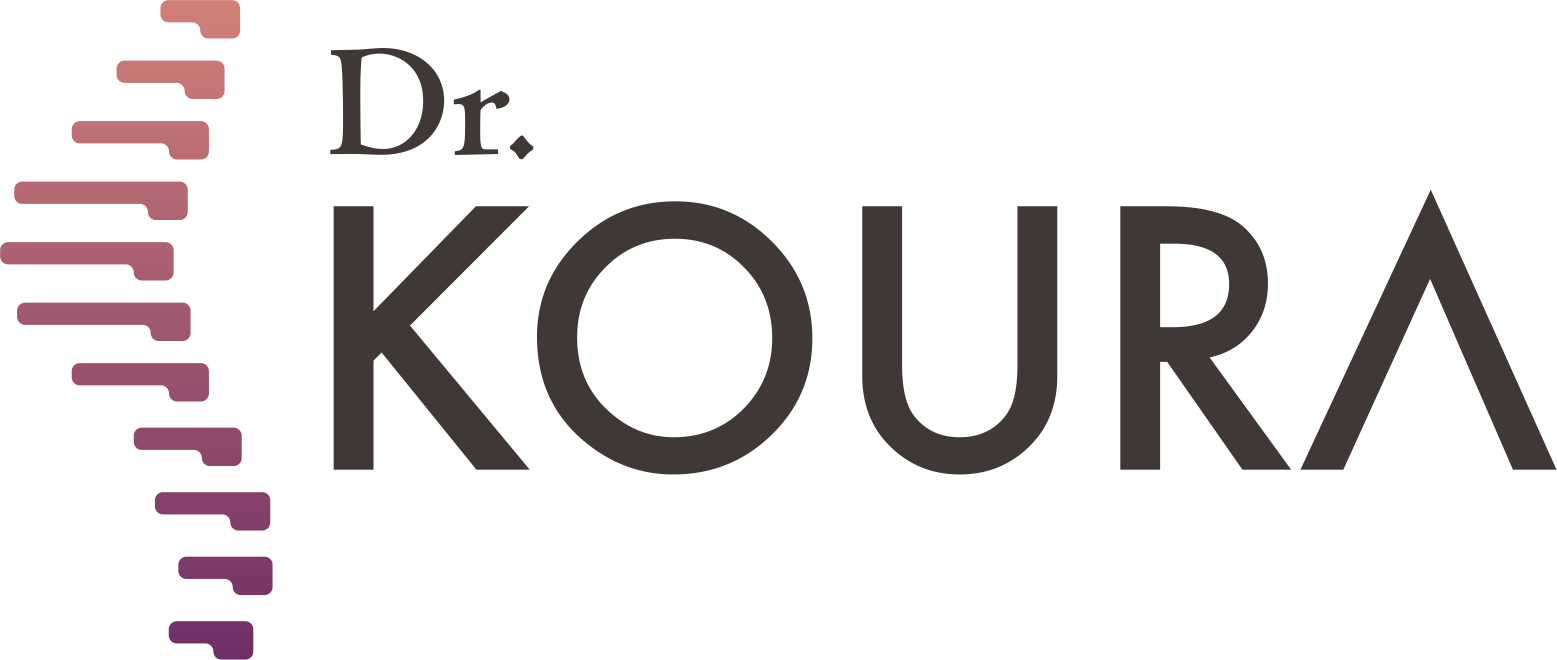





-webp.webp)




-webp.webp)








